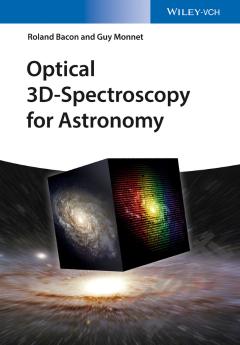Adaptive Optics in Astronomy
Optical observations by groundâbased astronomers have long been limited by the distorting effects of the Earth's atmosphere. Primary mirrors have been polished to exquisite accuracy for telescopes with apertures as large as 10 meters, but at optical wavelengths these can deliver an angular resolution typically no better than that of a 25âcm telescope, as atmospheric turbulence deforms the image on a millisecond time scale. One (highly expensive) approach to overcome this problem has been to loft instruments such as the Hubble Space Telescope above the atmosphere. Another approach, pursued by instrument builders in the astronomy community and their counterparts in the military, has been to design electroâoptical systems that measure and undo the effects of clearâair turbulence in real time. (See figure 1.) A number of such adaptive optic devices have already been built and operated on large groundâbased telescopes, delivering nearâdiffractionâlimited performance at infrared and visible wavelengths. With th...
{{comment.content}}








 京公网安备 11010802027623号
京公网安备 11010802027623号